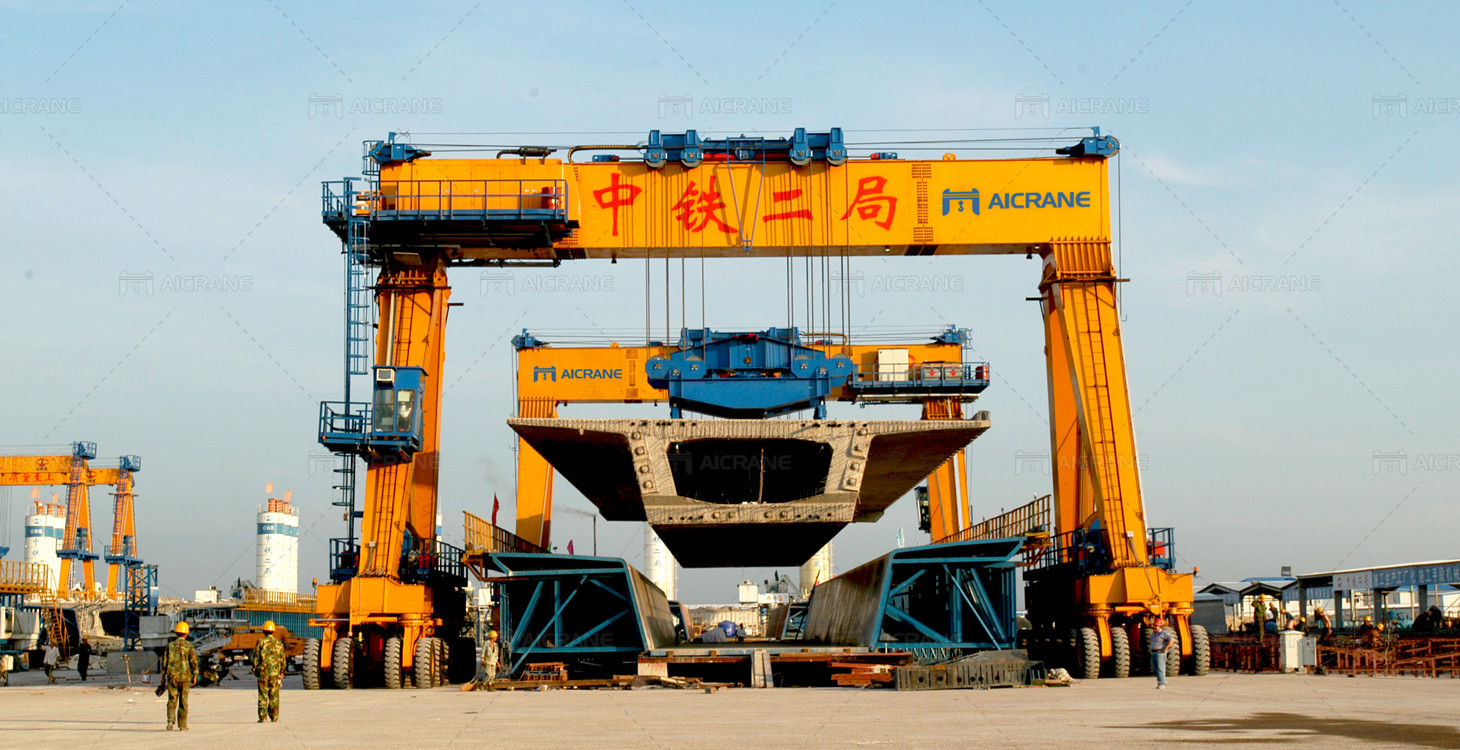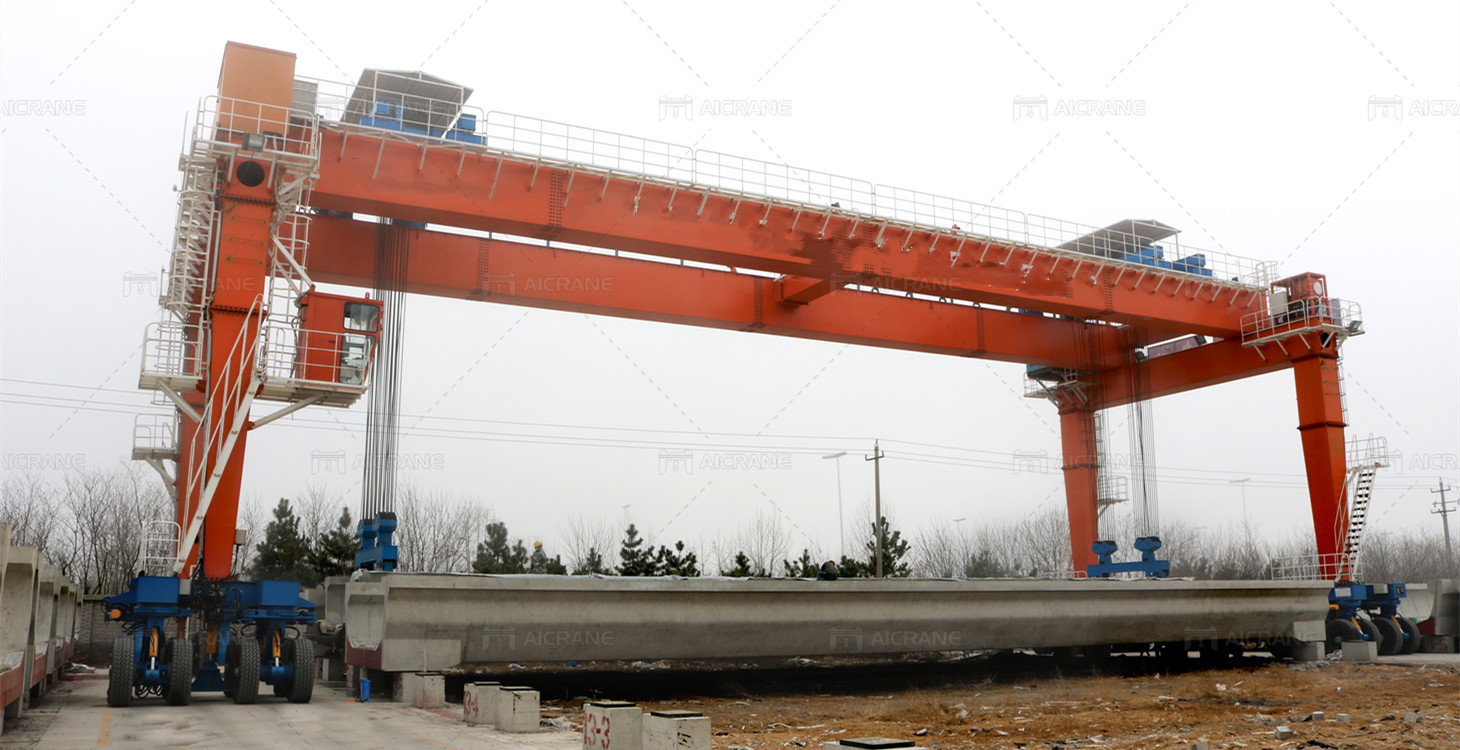Building an efficient straddle carrier system involves a combination of strategic planning, technology integration, operational optimization, and maintenance practices. Straddle carriers are essential equipment used in container handling operations at ports and terminals, and improving their efficiency can lead to increased productivity, reduced operational costs, and enhanced overall performance. Let’s explore the key components and strategies for building an efficient straddle carrier system:

Advanced Technology Integration
Incorporate advanced technologies into the straddle carrier system to enhance efficiency and productivity. This includes implementing automated systems for container identification, tracking, and management. Utilize RFID (Radio Frequency Identification) or GPS (Global Positioning System) technology to track container movements, optimize routing, and minimize idle time. Integrate telematics and data analytics platforms to monitor equipment performance, fuel consumption, and operational metrics in real-time for proactive decision-making.
Optimized Fleet Management
Develop a comprehensive fleet management strategy to optimize the utilization of straddle carriers. Determine the ideal fleet size based on operational demands, container throughput, and peak periods. Implement dynamic scheduling and dispatching algorithms to allocate straddle carrier cranes efficiently, reduce congestion, and minimize waiting times. Utilize fleet tracking and monitoring systems to monitor equipment status, location, and availability for improved resource allocation and utilization.
Operator Training and Skills Development
Invest in comprehensive training programs for straddle carrier operators to enhance their skills, knowledge, and operational proficiency. Provide training on equipment operation, safety protocols, cargo handling techniques, and emergency procedures. Foster a culture of continuous learning and skills development to empower operators to perform efficiently, handle complex tasks, and troubleshoot equipment issues effectively. Regularly assess operator performance, provide feedback, and offer opportunities for skills enhancement.

Maintenance and Reliability Practices
Implement proactive maintenance strategies to ensure the reliability and longevity of straddle carrier heavy duty gantry cranes. Develop a preventive maintenance schedule for routine inspections, lubrication, and component replacements based on recommendations and equipment usage. Conduct regular condition-based monitoring, diagnostic testing, and predictive maintenance to identify potential failures or issues before they escalate. Implement a spare parts inventory management system to ensure timely availability of critical components and reduce downtime.
Safety and Compliance Standards
Prioritize safety and compliance with industry regulations and standards in the design and operation of the straddle carrier system. Conduct regular safety audits, risk assessments, and safety training for personnel to prevent accidents, injuries, and equipment damage. Ensure that straddle carriers are equipped with safety features such as collision avoidance systems, emergency stop mechanisms, and ergonomic controls. Adhere to environmental, emissions, and noise regulations by adopting eco-friendly technologies and best practices.
Operational Efficiency Optimization
Continuously optimize operational processes and workflows to improve efficiency and throughput. Streamline container handling procedures, yard layout design, and equipment utilization patterns. Implement container stacking and retrieval strategies that minimize travel distances, reduce turnaround times, and maximize storage capacity. Utilize real-time data analytics and performance metrics to identify bottlenecks, inefficiencies, and opportunities for process optimization and workflow automation.
Continuous Improvement and Innovation
Foster a culture of continuous improvement and innovation within the straddle carrier system. Encourage feedback, suggestions, and ideas from stakeholders, operators, and maintenance teams for process enhancements and technological advancements. Collaborate with technology partners, industry experts, and research institutions to explore innovative solutions, such as automation, electrification, AI (Artificial Intelligence), and IoT (Internet of Things), that can further enhance the efficiency, reliability, and sustainability of the straddle carrier system.
By incorporating these key components and strategies, ports and terminals can build an efficient straddle carrier system that delivers high performance, operational excellence, and competitive advantage in the dynamic container handling industry. Continuous investment in technology, training, maintenance, safety, and process optimization is essential to achieving and sustaining efficiency gains and meeting evolving operational challenges and customer demands.